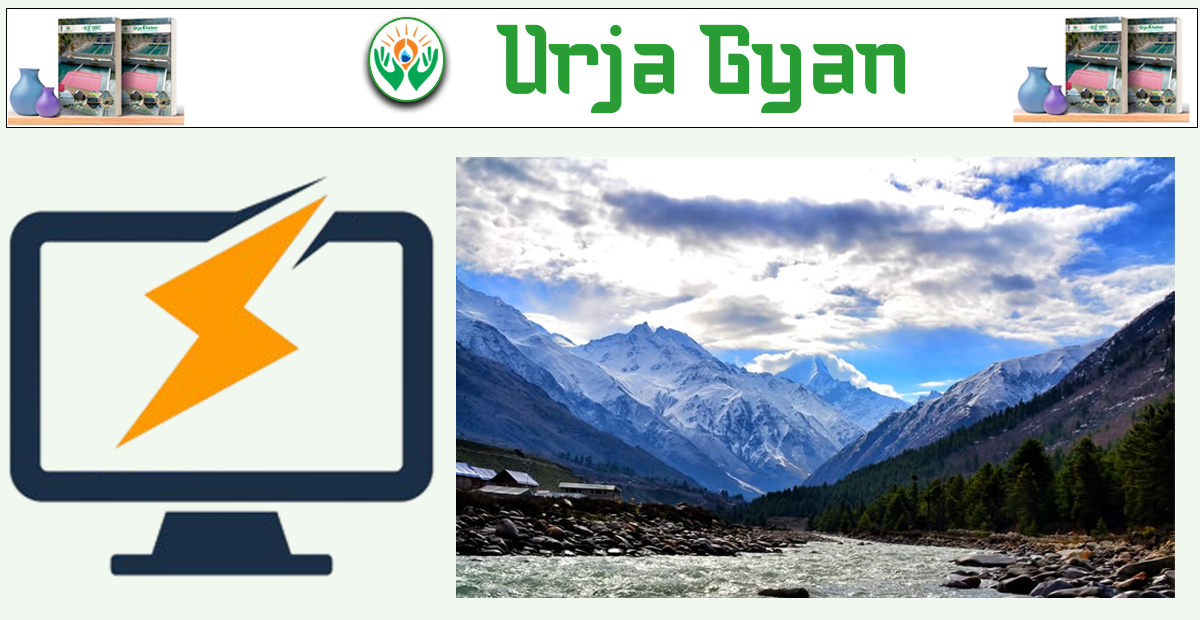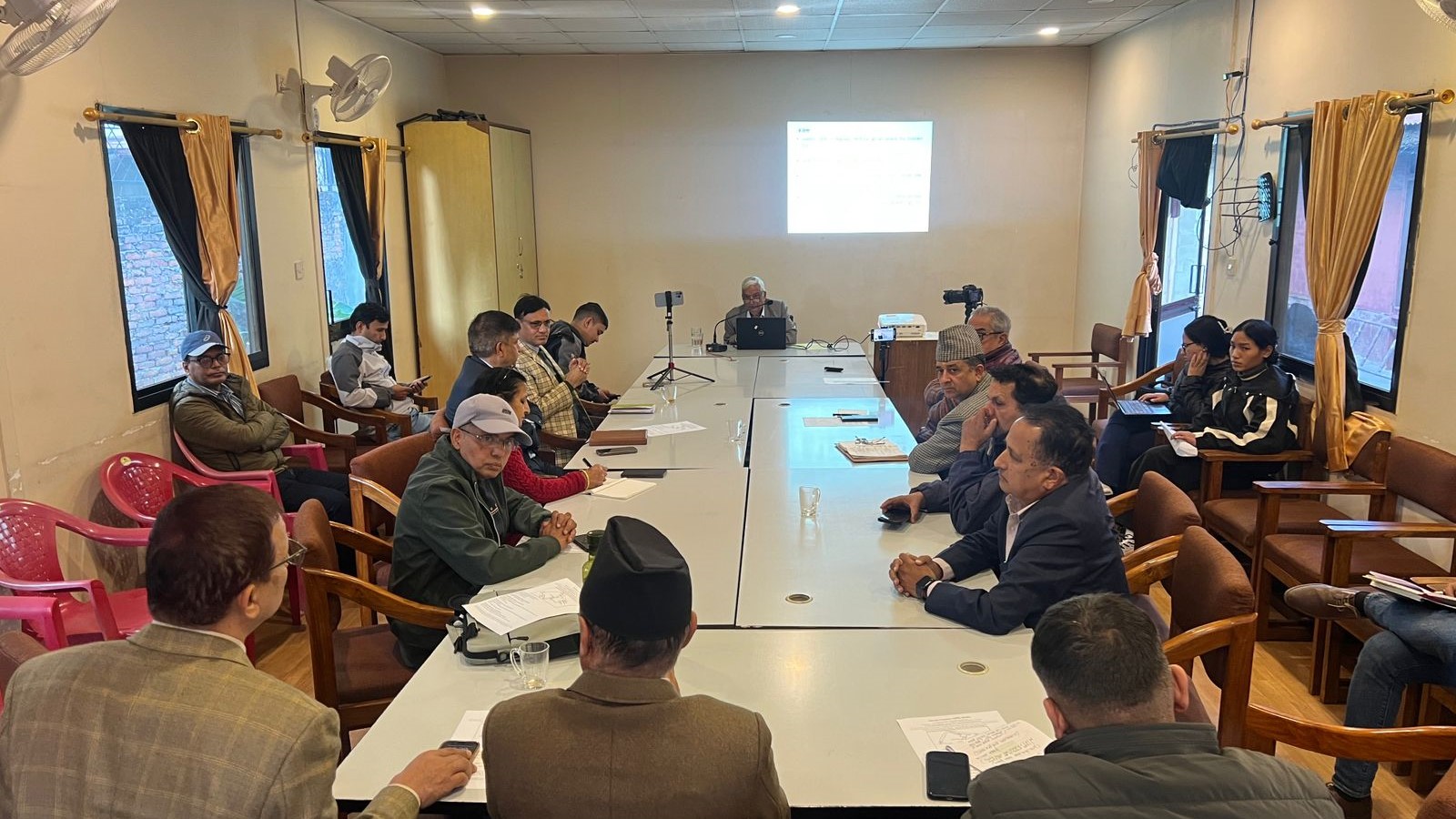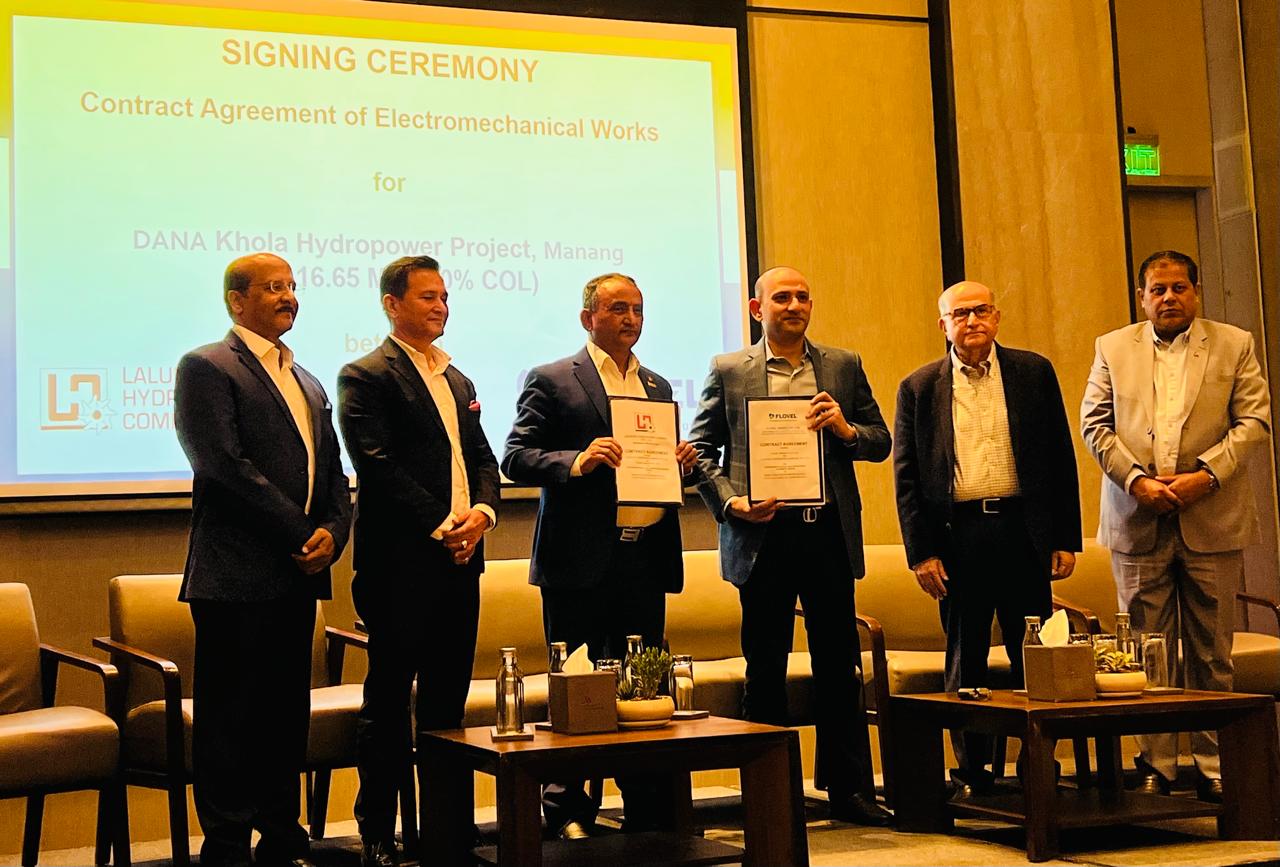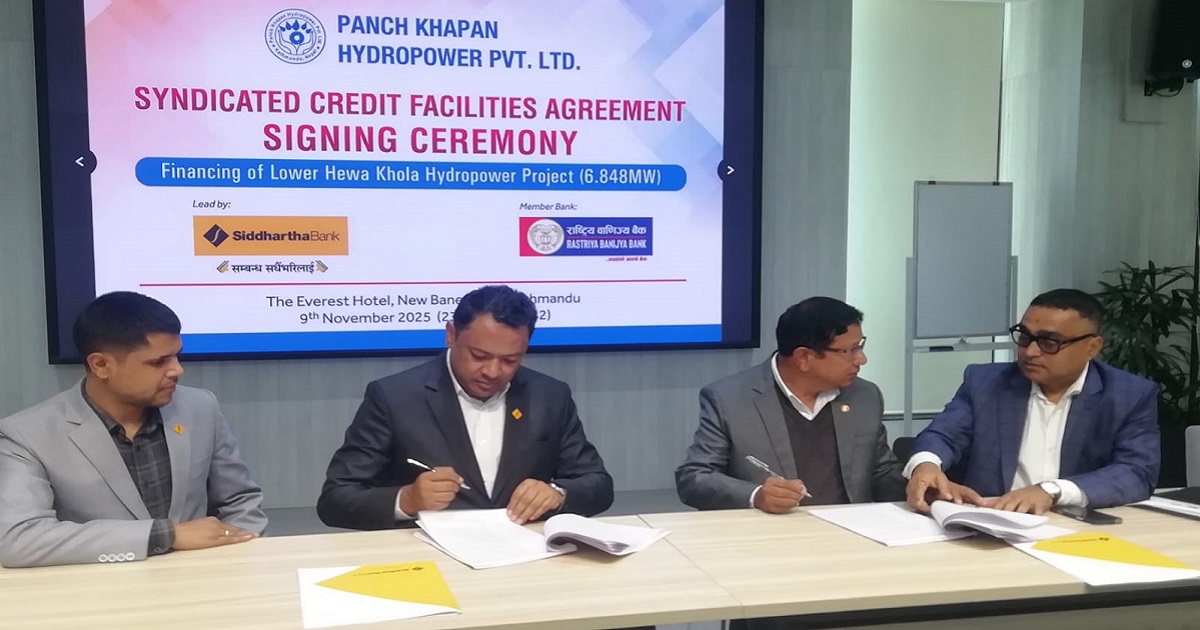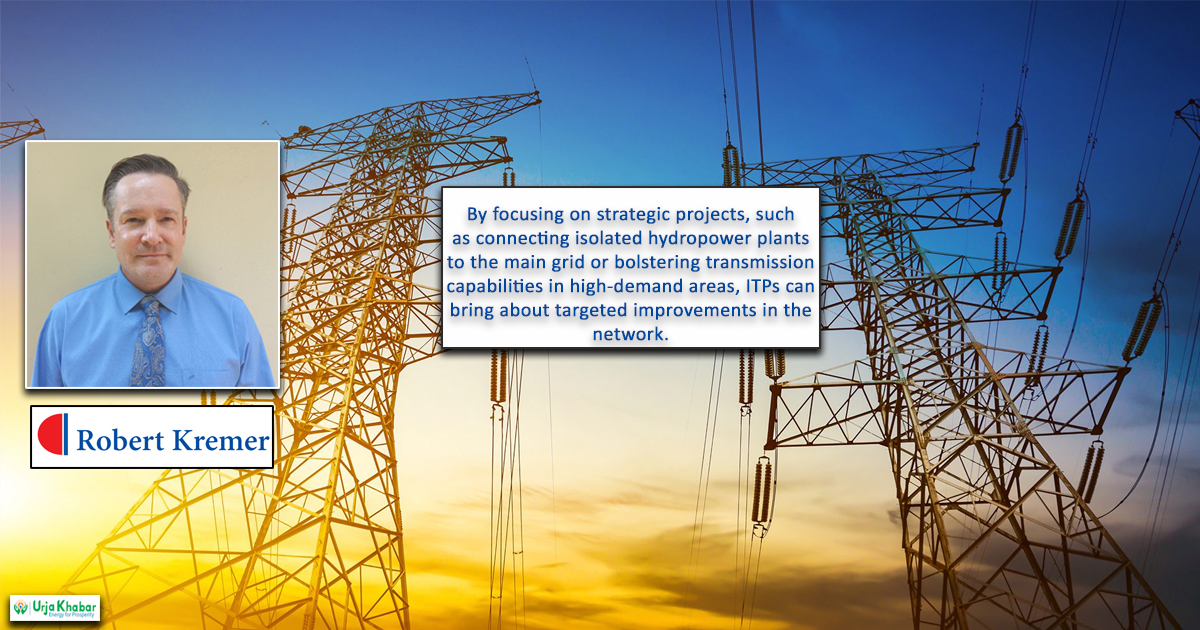Energy Update
Nepal’s Hydropower Ambitions Will Falter Without Private Investment in Transmission
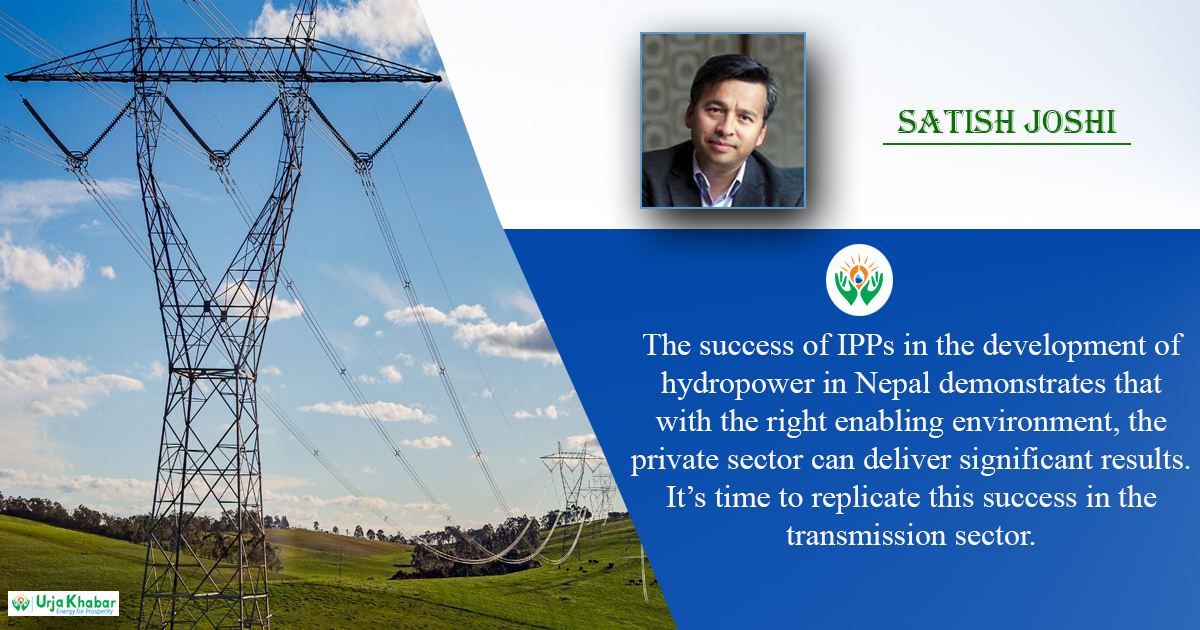
Nepal’s leaders love grand pronouncements about its hydropower potential. For example, in 2008, GoN declared it would develop 10,000 MWs in 10 years under the National Electricity Crisis Resolution Action Plan. And again in 2016, under the National Energy Crisis Reduction and Electricity Development Decade, GoN declared it will develop 10,000 MW by 2025. These announcements grab headlines, (and never mind the futility of their realization) but they obscure a critical and often overlooked challenge: the infrastructure needed to transmit the electricity we hope to generate. Without a dramatic shift in how we approach the development of transmission lines, Nepal’s hydropower potential will remain just that—potential.
A New Approach

The scale of the transmission infrastructure that needs to be developed is staggering. Nepal needs to construct of over 11,704 kilometers of transmission lines and 31,133 MVA of substation capacity within the next decade to match its hydropower development ambition. To put this in perspective, till date, the country has developed only 5,742 circuit kilometers of transmission lines and 8,867 MVA of substation capacity. In the last decade, Nepal developed its transmission infrastructure network at its fastest pace, doubling the transmission capacity. Yet this pace of addition will not be sufficient. Without urgent action, bottlenecks in the grid will not only stifle domestic energy access but also squander opportunities for cross-border electricity trade with India and Bangladesh.
The development of transmission line has been the sole purview of the Nepal Electricity Authority (NEA). While the NEA has played a central role in the development of the power sector, its efforts alone are insufficient to bridge this gap. The answer lies in doing things differently. The government must welcome private sector participation in the development of Nepal’s transmission infrastructure, just as it did in the hydropower sector more than 30 years ago.

A Proven Model
Nepal’s hydropower sector offers a compelling precedent for what private sector involvement can achieve. Reforms in 1991 paved the way for Independent Power Producers (IPPs), who now contribute more than half of the country’s electricity supply and over 2/3rd of the installed capacity. The success of IPPs in the development of hydropower in Nepal demonstrates that with the right enabling environment, the private sector can deliver significant results. It’s time to replicate this success in the transmission sector.
The success of IPPs in the development of hydropower in Nepal demonstrates that with the right enabling environment, the private sector can deliver significant results. It’s time to replicate this success in the transmission sector.
Such kind of promoters brought not only capital but also innovation and efficiency, enabling Nepal to unlock its energy potential far faster than public institutions could have managed on their own. While some may question the wisdom of involving private actors in a space where even the government and its agencies have struggled, that very struggle is precisely why private sector engagement is necessary?
Why Private Sector ?
The government’s difficulties in building transmission infrastructure -- anging from land acquisition challenges to financing shortfalls -- and the scale of the build out required underscores the need for a new approach - one that leverages private sector efficiency, innovation and financial ability. The private sector operates with a level of flexibility and adaptability that governments often lack due to bureaucratic constraints.
The private sector operates with a level of flexibility and adaptability that governments often lack due to bureaucratic constraints.
Private companies can make quick decisions, pivot strategies, and adopt innovative solutions without being hindered by lengthy approval processes or rigid regulations. They have the ability to negotiate contracts, secure financing, and deploy resources efficiently, ensuring faster project execution. Unlike government agencies, which may be bound by complex procurement rules, political considerations, and slow-moving administrative procedures, private entities can respond to market demands, manage risks proactively, and optimize costs to deliver high-quality infrastructure in a timely manner.
Critics may argue that the private sector is ill-suited to address challenges the government itself has failed to solve. But such skepticism ignores the lessons of history. In the 1980s, similar arguments were made against private involvement in hydropower. Had those arguments prevailed, Nepal’s energy landscape would look dramatically different today, marked by stagnation rather than progress and efficiency.
Scaling Local Expertise with Regional Insights
Nepal’s first high voltage cross-border transmission line, Dhalkebar-Muzaffarpur (DM) was developed through a public-private partnership (PPP) model. The transmission line had two components, one in Nepal and one in India and was developed through two joint venture companies between private and public entities on both sides of the border. The tariff was determined on a “cost-plus return on equity” basis with NEA serving as the sole buyer of the entire transmission capacity. The result was a reliable and efficient link that was instrumental in ending load shedding in Nepal and now underpins Nepal’s growing electricity trade with India.
The result was a reliable and efficient link that was instrumental in ending load shedding in Nepal and now underpins Nepal’s growing electricity trade with India.
To accelerate its transmission infrastructure development, India introduced Tariff-Based Competitive Bidding (TBCB) guidelines in 2006, allowing private developers to bid for and construct transmission projects. Today, private developers account for more than 50% of India’s transmission capacity, and the model has delivered significant cost savings—up to 50% in some cases—while accelerating project timelines. This model has not only resulted in significant cost savings but also fostered competition and innovation. Private sector participation in transmission development has enabled India to keep pace with its ambitious energy expansion goals.
How to Begin?
The good news is that Nepal doesn’t need to wait for new legislation to involve the private sector in transmission development. While a modernized Electricity Act would certainly help, the existing legal framework already provides sufficient room to act. The path forward begins with creating an enabling policy environment. What’s needed is a clear policy framework that lays the groundwork for private investment that:
1. Encourages Competition by allowing NEA and other agencies to procure transmission services through competitive bidding,
2. Balances Risks between the Government and Private Sector by clearly defining the roles and responsibilities of public and private actors, ensuring an equitable allocation of risks,
3. Streamlines Approvals by simplifying cumbersome procedures for land acquisition, environmental clearances, and project approvals, and
4. Ensure Bankability by standardizing transaction documents and, if necessary, provide government-backed guarantees to make early projects more attractive to investors.
Additionally, in the early stages, the government may need to provide fiscal incentives such as viability gap funding or other incentives to de-risk investments. Over time, as the model proves successful, these incentives can be scaled back.
The Cost of Inaction
Nepal’s hydropower potential is often framed as a national asset, but without the infrastructure to harness it, this potential risks becoming a liability. Nepal’s energy future is at a crossroads - domestic demand for electricity is rising, and export markets are within reach. But the competition is fierce. India and Bhutan are rapidly scaling up their own renewable energy projects, and delays in developing our transmission capacity could cost Nepal its place at the table. By failing to act, Nepal risks not only wasting its natural resources but also missing a generational opportunity to transform its economy and deepen its integration with regional energy markets.
The path forward is clear. By involving the private sector in transmission line development, Nepal can overcome the bottlenecks that have held back its energy ambitions. The time to act is now— the before our potential becomes our burden. The stakes are too high, and the opportunity too great, to delay any longer.
Mr. Joshi is a Director at VRock & Company.
Conversation
- Info. Dept. Reg. No. : 254/073/74
- Telephone : +977-1-5321303
- Email : [email protected]






